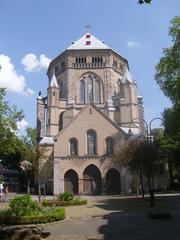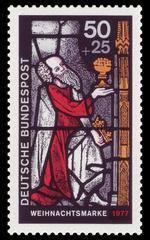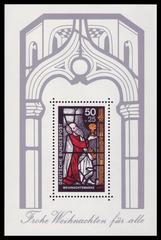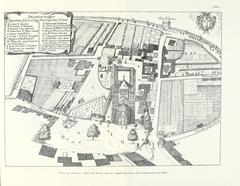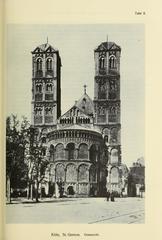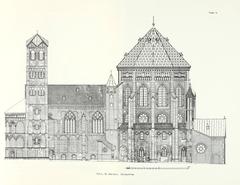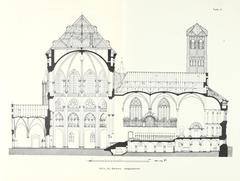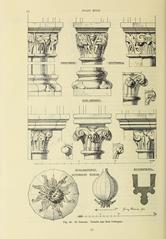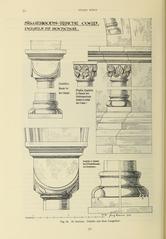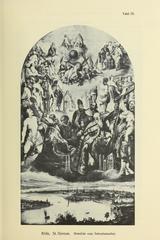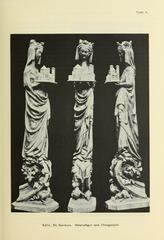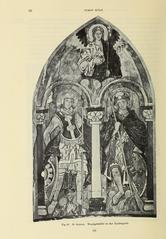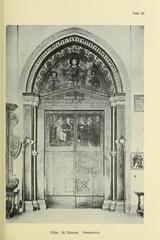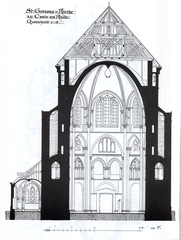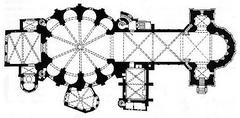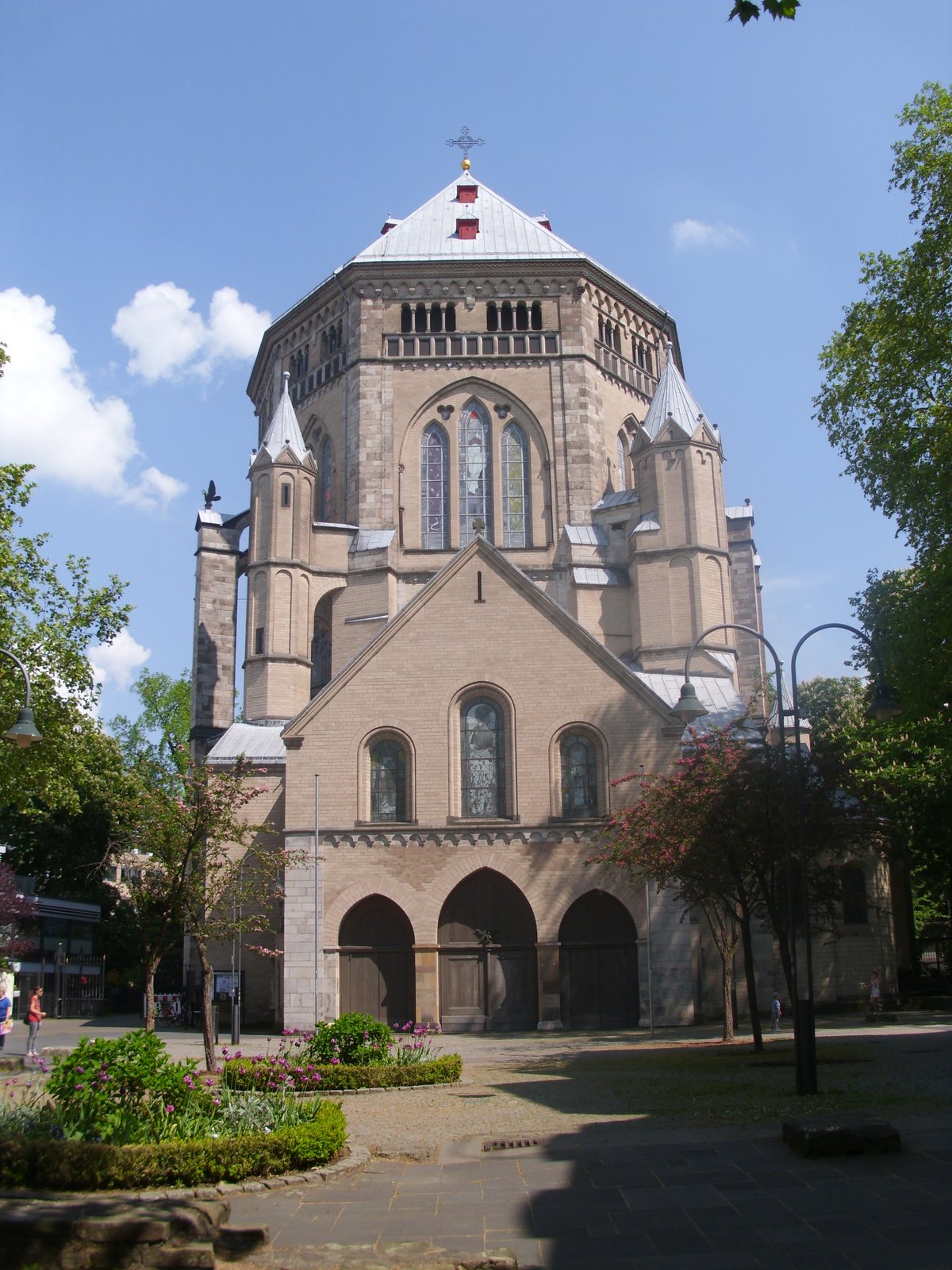
St. Gereon’s Basilica Cologne: Visiting Hours, Tickets, and Historical Sites Guide
Date: 14/06/2025
Introduction
St. Gereon’s Basilica, nestled in the heart of Cologne, Germany, is a remarkable testament to over sixteen centuries of religious, architectural, and cultural history. Famed for its rare decagonal nave, imposing Romanesque dome, and layers of Roman, Byzantine, and medieval artistry, the basilica stands as both a place of worship and a cultural landmark. Whether you are a history enthusiast, architecture lover, pilgrim, or traveler, this guide offers detailed insights into St. Gereon’s Basilica’s history, architectural highlights, visitor information, and nearby attractions, ensuring a rewarding visit to one of Cologne’s most treasured sites (christianedirectory.com, brianholihan.com, spottinghistory.com).
Historical Overview
Roman Foundations and Early Christian Use
St. Gereon’s Basilica is built upon Roman origins, with archaeological evidence pointing to a 4th-century funerary building constructed when Cologne was an important Roman city. By the 6th century, the site had been repurposed as a Christian church, referred to by historians like Gregory of Tours as the “Church of the Golden Saints” (ad sanctos aureos), underscoring its early spiritual significance (christianedirectory.com).
The Legend of St. Gereon and Martyrdom
The basilica is dedicated to St. Gereon, a Roman soldier and martyr, believed to have been executed with his companions for refusing to renounce Christianity. Their martyrdom, linked to the Theban Legion, transformed the site into a center for veneration and pilgrimage throughout the Middle Ages (brianholihan.com).
Medieval Expansion and Romanesque Transformation
First documented in 612 CE, St. Gereon’s underwent major Romanesque reconstruction from 1151 under Archbishop Arnold II von Wied. The distinctive decagonal nave and massive dome, completed in 1227, established the basilica as one of Cologne’s twelve great Romanesque churches and a marvel of medieval engineering (spottinghistory.com).
Architectural Innovations
The basilica’s architecture blends Roman, Romanesque, and early Gothic elements. The decagonal dome, spanning 21 by 16.9 meters, is the largest of its kind in Western Europe between the Hagia Sophia and Florence’s Duomo (sacred-destinations.com). The nave incorporates Roman foundations beneath soaring Gothic windows, and the sanctuary is adorned with medieval murals and mosaics.
Visitor Information
St. Gereon’s Basilica Visiting Hours and Tickets
- Opening Hours:
- Monday to Saturday: 9:00 AM – 6:00 PM
- Sunday: 12:00 PM – 6:00 PM
- Hours may vary on holidays and during special liturgical events; check the official website for updates.
- Admission:
- Entry is free; donations are encouraged to support ongoing restoration.
- Guided Tours:
- Available on weekends and by appointment. Tours provide in-depth insights into the basilica’s history and architecture (cologne-tourism.com).
Accessibility
St. Gereon’s Basilica is wheelchair accessible via the north entrance, with ramps and accessible restrooms. Some historic areas, such as the crypt, may have limited accessibility due to steps and subdued lighting. Visitors with mobility needs are encouraged to contact the basilica in advance (baukunst-nrw.de).
Travel Tips
- Visit on weekday mornings or late afternoons for a peaceful experience.
- Modest dress is recommended, especially during religious services.
- Non-flash photography is generally permitted, but restrictions may apply during services.
- Restrooms are nearby, and the surrounding district offers cafés and shops.
- For self-guided tours, consider mobile apps or downloadable brochures (GPSmyCity).
Architectural and Artistic Highlights
Exterior and Nave
The basilica’s east façade features two square towers and an apse overlooking a small park, where a modern sculpture honors St. Gereon. The west side faces a plaza with traces of Roman foundations. The main entrance leads directly into the famed decagonal nave—an architectural rarity in European church design (sacred-destinations.com).
Dome and Interior Decor
The dome rises 34.5 meters above the nave, painted a dramatic red that enhances its sense of grandeur. The nave is lined with radiating chapels, including a baptistery with 13th-century murals and a Pietà chapel with a vault painted in the Ravenna style.
The Crypt and Romanesque Mosaics
The crypt preserves some of the basilica’s oldest features. Its Romanesque mosaics depict biblical scenes, such as Samson and David, and are among the finest in the Rhineland—partially roped off but visible during visits.
The Blutsaüle (Blood Column) and Relics
A revered relic, the Blood Column, stands in a niche north of the entrance. Tradition holds it was splashed with the blood of St. Gereon during his martyrdom, and it is associated with miraculous properties. A Latin inscription above the column attests to its significance (sacred-destinations.com).
Restoration and Preservation
Despite suffering damage during WWII, the basilica has been meticulously restored, retaining its architectural and artistic integrity. Ongoing conservation efforts ensure that it remains an active parish and cultural treasure (baukunst-nrw.de).
Spiritual and Cultural Experience
St. Gereon’s remains a vibrant center of Catholic worship, hosting regular services, concerts, and community events. The basilica’s role as a pilgrimage site dates back to medieval times, with the annual feast day on October 10th drawing visitors from across Europe (cologne-tourism.com). Its art and iconography, including mosaics, stained glass, and relics, reflect a deep spiritual narrative centered on martyrdom and hope.
Nearby Attractions and Suggested Itineraries
St. Gereon’s Basilica is ideally located for exploring other Cologne historical sites, including:
- Cologne Cathedral (UNESCO)
- Great St. Martin Church
- St. Ursula’s Basilica
- Roman-Germanic Museum
- Käthe Kollwitz Museum
- EL-DE Haus (Gestapo Museum)
A walking tour combining these sites provides a comprehensive insight into Cologne’s religious, artistic, and social history (planetware.com).
Events and Special Experiences
The basilica hosts organ concerts, sacred music performances, and special liturgical celebrations throughout the year. These events make use of the building’s superb acoustics and deep spiritual ambiance. Schedules are posted on the official website and at the basilica entrance.
Frequently Asked Questions (FAQ)
What are the visiting hours of St. Gereon’s Basilica?
Monday–Saturday: 9:00 AM–6:00 PM; Sunday: 12:00 PM–6:00 PM. Hours may vary—check the official website.
Is there an admission fee?
Entry is free; donations are appreciated.
Are guided tours available?
Yes, by appointment and during special events. Contact the basilica or Cologne Tourism for details.
Is the basilica wheelchair accessible?
The main areas are accessible, though the crypt has limited access.
Can I take photos inside?
Non-flash photography is allowed; restrictions apply during services.
Recommendations for a Memorable Visit
- Allocate at least one hour to explore the basilica and its art.
- Arrive early or late in the day for a peaceful experience.
- Combine your visit with a tour of Cologne’s other Romanesque churches.
- Download the Audiala app for expert audio guides and itineraries.
Conclusion
St. Gereon’s Basilica stands as a singular jewel in Cologne’s cultural and spiritual landscape, offering a unique journey through Roman, medieval, and modern layers of history and faith. With free entry, central location, and a wealth of architectural and artistic treasures, it is a must-see for any visitor to Cologne. Plan your visit, immerse yourself in its serene atmosphere, and discover why St. Gereon’s Basilica continues to captivate all who enter its doors.
Sources
- Christianedirectory.com
- Brianholihan.com
- SpottingHistory.com
- Sacred Destinations
- Cologne Tourism
- Baukunst NRW
- Trek Zone
- PlanetWare
- GPSmyCity
- UNESCO
